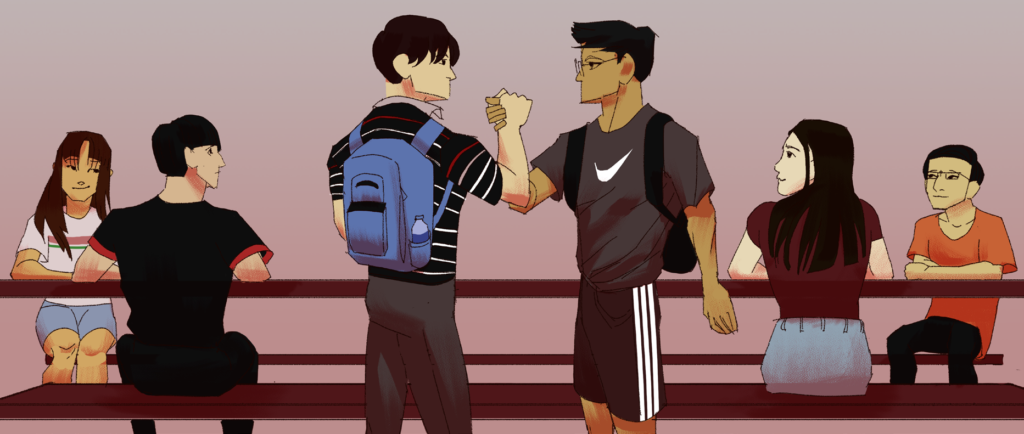With the recent rise in anti-Asian hate crimes in America, people are looking to combat discrimination and defend the Asian American community. This grows more important for TC as reported attacks appear dangerously close.
Unfortunately, TC is not completely free of anti-Asian racism. As our community rallies against racism, many may ignore the implicit biases within the community itself: biases against those not born here.
This bias appears at TCHS, from divisions in groups at lunch to the normalization of derogatory terms such as “Fresh Off the Boat.” Groups dress in different countries’ styles and speak in different languages. Calling foreign-born students FOBs is an everyday occurrence.
As we address anti-Asian discrimination from others, we must first look within ourselves and discover why we harbor these opinions to value our Asian community as a whole.
It is easy to argue that these biases are not racism, but Ibram X. Kendi’s “How to Be an Antiracist” shows otherwise. Kendi explains how the assumption that people of color cannot be racist towards each other is misguided and counterproductive in antiracism. Racism is not limited to between different groups of people, but exists within them as well.
The book itself opens with one of his own experiences, a Martin Luther King Jr. speech competition that he won in high school by parroting negative stereotypes of young Black people. He explains this is just one example of how people of color can be racist towards each other and promote racism as a result.
Kendi’s ideas become important as we examine our own biases at TC. Although we live in a predominantly Asian community, we must eventually leave the TC bubble. We will face being the minority in a majority white society, and perhaps, even strong anti-Asian sentiments.
As we discriminate between being American born and FOB, we forget that we are all simply Asian. By distinguishing between foreign and American-born Asians, we leave the Asian community fractured and vulnerable to violence.
We need to actively overcome our implicit biases towards those who present themselves as less assimilated. Treat everyone as an individual. Don’t use stereotypes as shortcuts for making judgements of others.
Recognize those who choose to stand out from mainstream culture and include them in school culture. Support each other in the Asian community, no matter what their origins are. As fellow Americans, help foreign-born students feel welcome in a country far from their own. It is only when we fully embrace our Asian identity, in any shape or form, that we can truly and rightfully call ourselves Asian Americans.
For our non-Asian readers, the same principles apply. When you leave the TC bubble, remember your friends and the times you shared with them. You may no longer be living in an Asian majority, but you still have the experiences of being in one. If you ever see anyone feeling out of place outside TC, don’t hesitate to talk to them. They will be grateful for someone to accept them as who they are. Show them how inclusive the TC community can be.

